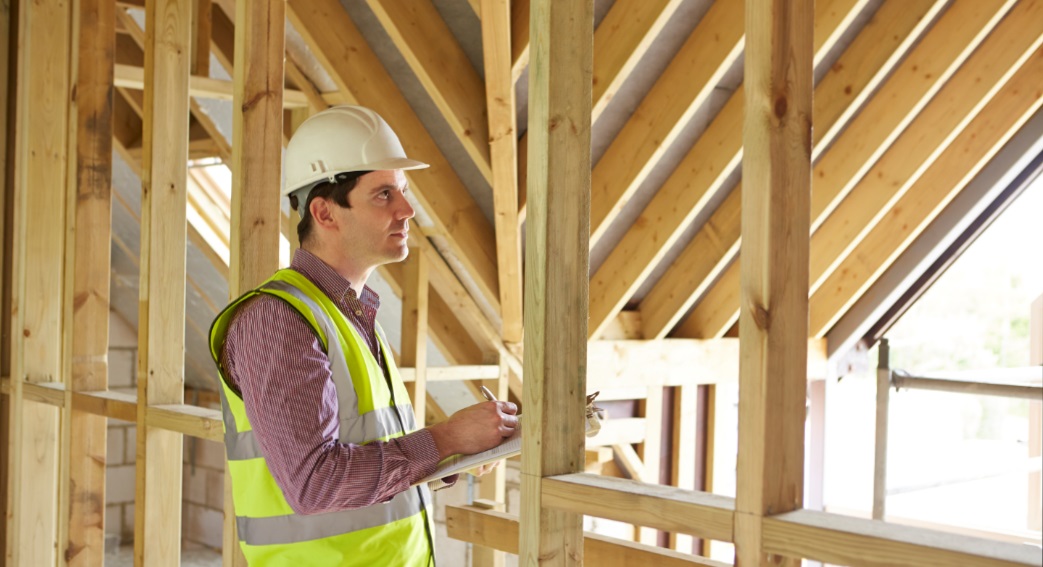
The profession of building surveying is generally thought to date from the time on the Great Fire of London which started on Sunday 2 September 1666 and continued until Thursday 6 September, destroyed 373 acres of the city and over 13,000 houses and other buildings. The London Rebuilding Act of 1667 introduced a range of building laws to prevent the spread of fire and required that people skilled in the art of building were employed to ensure the laws were obeyed.
However, what is perhaps not commonly known is that the profession of building surveyor has been recognised for far longer, indeed to the time of Plato in ancient Greece over 2300 years ago. ‘Laws’ as they were known required, among other things, that building foundations encroach on other properties and that storm-water did not create a nuisance. And who were to enforce these laws? Wardens of the city – to superintend the works and fine those who did not comply. So from the earliest times it was recognised that it is not enough to simply have laws. You need to have someone to enforce the laws: the building surveyor.
So what does it take to be a building surveyor in 2017 and what does the modern building surveyor do?
The Australian Institute of Building Surveyors (AIBS) is the peak professional body representing building surveyors. To maintain the quality and integrity of the profession, the AIBS accredits universities and TAFEs offering building surveying courses. The AIBS recognises 10 programs for level one accreditation, four programs for level two and five for level three. These programs range from diploma level to bachelor with honours and masters level and are delivered either face to face, distance or a blend of the two.
So what does a student study to become a building surveyor? At CQUniversity a student studying the Bachelor of Building Surveying (Honours) is required to study 30 units in total. Areas studied include building law and regulation, structural design, fire engineering, inspection procedures and town planning. In addition, students in this program are required to undertake a significant original piece of research relevant to the building surveying profession.
This program will take the student four years to complete full-time or seven years part-time, so is a significant investment in knowledge that is equivalent to that required to become an engineer. However, completing the degree is not sufficient to practice as a building surveyor, additional work experience is required to be undertaken.
The duration of work experience may vary depending upon the jurisdiction and the level of accreditation sought, however the AIBS advises three years for level one, two years for level two and six months for level three. When the building surveyor has the educational qualifications and experience they can apply for a licence to practice.
The accreditation levels reflect the complexity of the building industry and the knowledge and skills needed to perform the building surveying task. For example, level one is unlimited, so this building surveyor can undertake work on all sizes and NCC classes of building. Level two building surveyors are limited in the size and class of building but generally can look at medium size commercial and residential development. Level three building surveyors are limited to detached residential houses and sheds. It is common for building surveyors to start as level three but as they undertake further study and gain greater experience they can move up the levels.
So what does a building surveyor do? Broadly, the building surveyor is tasked with ensuring that buildings meet minimum health and safety standards. To achieve this, the building surveyor will audit and approve the plans and then inspect aspects of the construction process on behalf of the owner to ensure compliance with the relevant codes and standards. The scope of inspections will depend on the specific rules in that state. In Queensland for example, the building surveyor will inspect the footing and slab, the frame and undertake the final inspection. Other inspections may include waterproofing, energy efficiency, disability access and fire protection. Commonly, the building surveyor will work with other specialist consultants to ensure that the building is being constructed in accordance with the approved plans. These specialist consultants may include structural engineers, fire engineers and disability consultants.
The building surveyor is acting as the owner’s quality proxy to inspect those critical parts of the building that the owner has neither the skills, knowledge nor experience to check. We want to ensure that the finished building is fit for purpose and provides the owner with years of trouble free use.
Dr. Darryl O’Brien, CQUniversity is Head of Course, Undergraduate Built Environment at CQ University where he lectures in Building Surveying and the Built Environment. Darryl is a current member of the Australian Institute of Building Surveying and is a past QLD/NT Vice president. Prior to joining CQU, Darryl was a Queensland based private building surveyor and planning consultant involved in a range of building and planning projects. Darryl holds bachelor degrees in both Building Surveying and Building Design and a Master’s degree in Environmental Planning and is a recent PhD graduate. Darryl’s doctoral research examined how to best optimise building codes in response to ongoing demographic and technological change. Darryl’s other research engagement includes ethics and conflict of interest; the identification and management of non-conforming building products; managing demographic change and environmental docility; and the history of building code development.